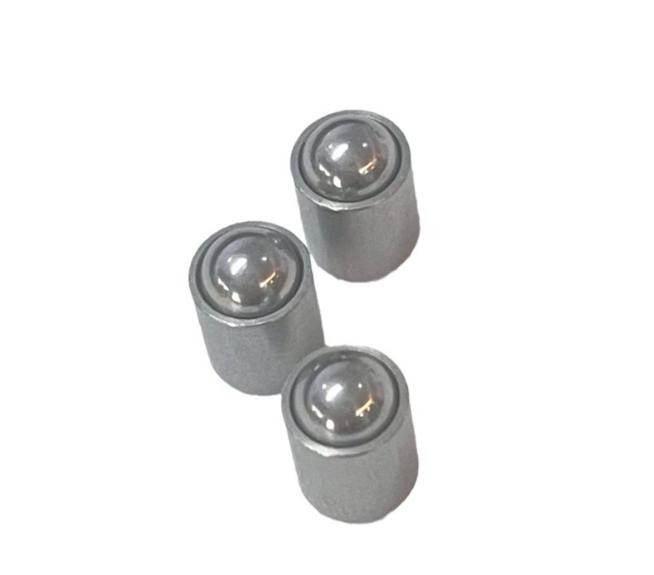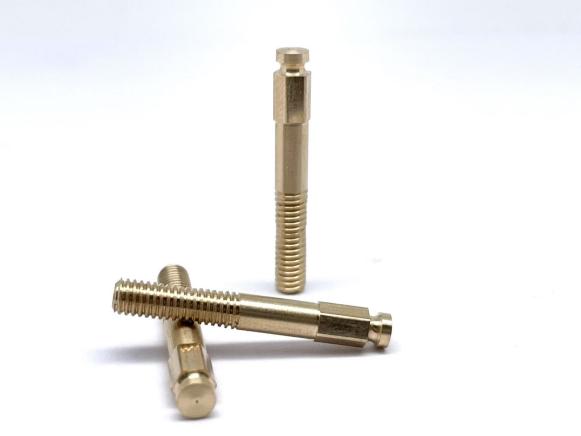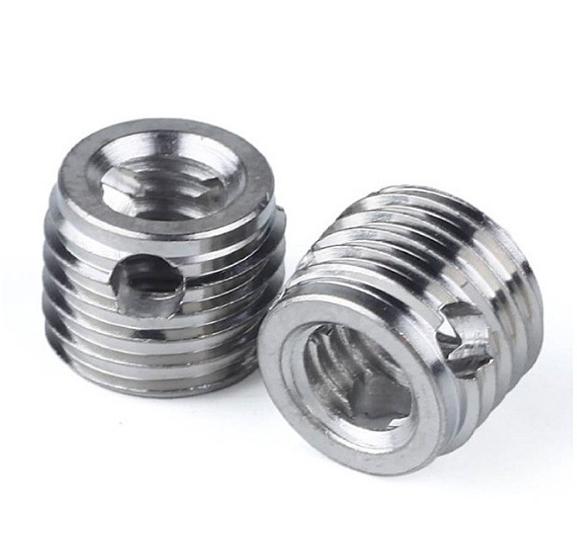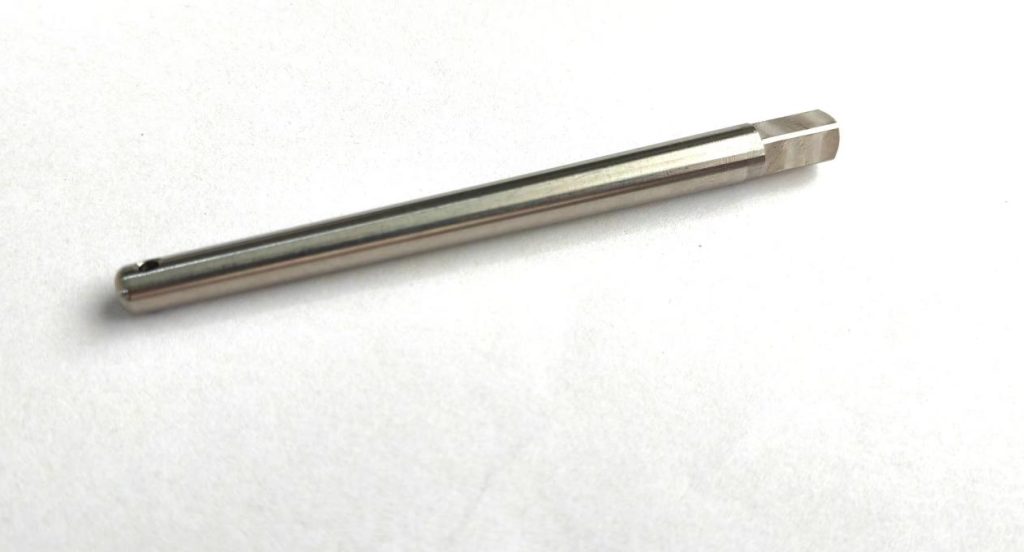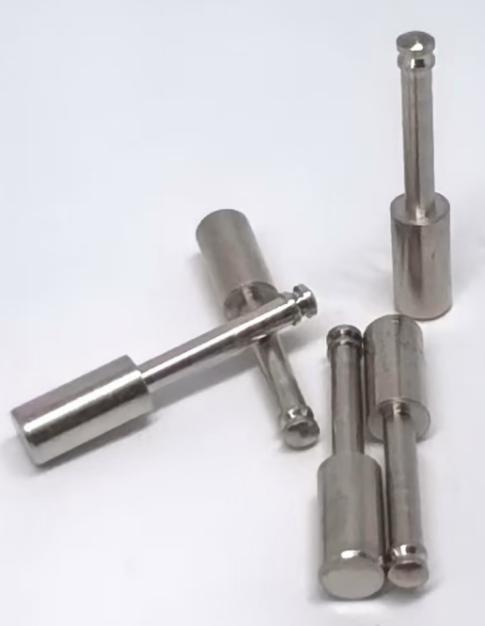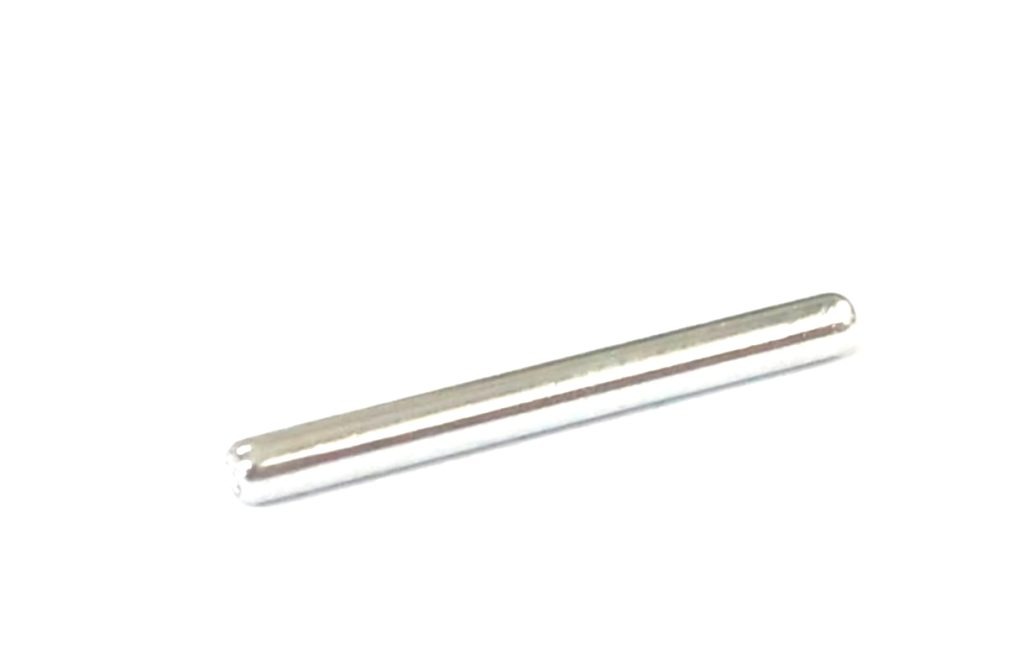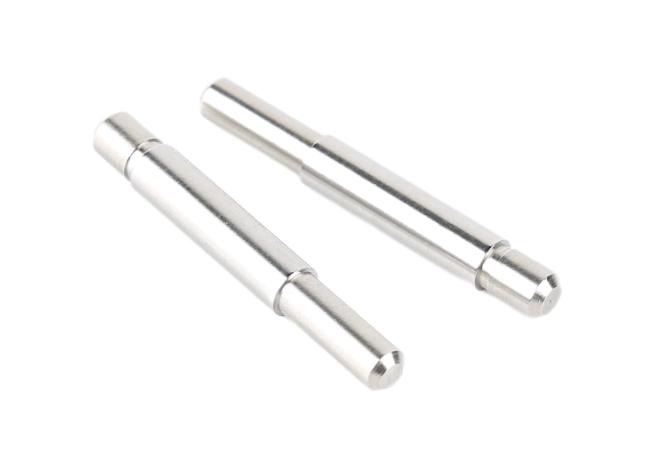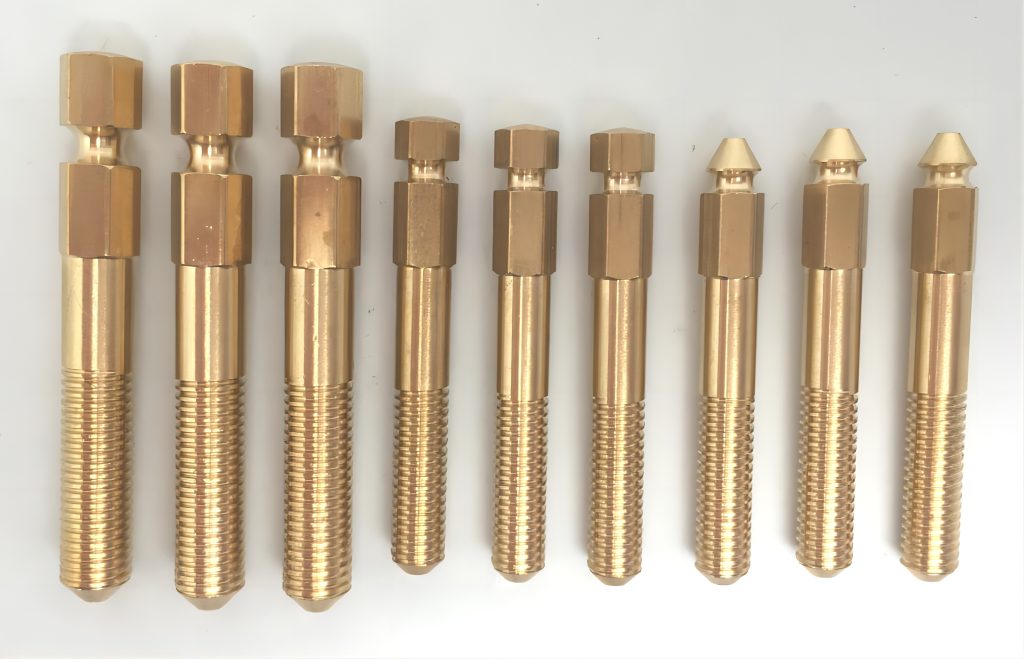Why Choose CNC Honing Process for Precision Finishing in Modern Manufacturing
Table of Contents
CNC honing is a highly specialized CNC machining process that involves using a rotating abrasive tool to improve the surface finish and dimensional accuracy of cylindrical parts. Honing, unlike traditional grinding or polishing, provides ultra-precise control over surface texture and geometry, making it essential in industries where high-performance parts demand exact tolerances, such as in automotive, aerospace, and hydraulics.
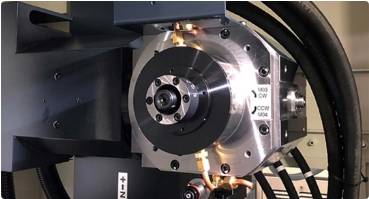
What is CNC Honing
CNC honing refers to the automated honing process, in which the machine is controlled by a computer to ensure that the honing tool follows a precise path and applies the right pressure for optimal material removal. The CNC system allows for programmable, repeatable movements, which translates to consistent high-quality results, whether for single-piece manufacturing or large-scale production.
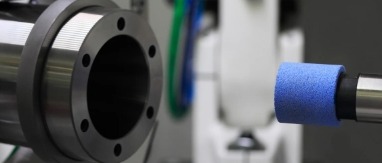
The Process of CNC Honing
1. Setup and Programming
The first step in CNC honing involves setting up the honing machine and programming it to meet the required specifications. The CNC control system allows operators to input parameters such as:
- Stroke length and speed
- Rotational speed of the honing tool
- Honing pressure
- Target dimensions and tolerances This programming ensures that the honing process is precisely controlled and repeatable for each workpiece.
2. Workpiece Positioning
Once the CNC program is set, the workpiece is secured in place on the machine. Depending on the type of honing machine (vertical or horizontal), the workpiece can be placed in a fixture or mounted directly to the machine. Proper alignment and clamping are essential to ensure the honing tool operates accurately within the bore or surface being worked on.
3. Tool Selection
The honing tool is selected based on the material of the workpiece, the bore size, and the desired surface finish. There are two main types of honing tools
- Single-Stone Tools: These are used for smaller or precision applications where the tool’s abrasive surface needs to be carefully controlled.
- Multi-Stone Tools: These consist of several abrasive stones working simultaneously, providing a higher rate of material removal for larger bores or more aggressive surface finishing.
The abrasive stones used in the honing process are typically made from materials such as diamond, cubic boron nitride (CBN), or silicon carbide, depending on the material being honed.
4. Honing Process
During the honing process, the tool performs two simultaneous movements:
- Rotational Movement: The honing tool rotates inside the bore or on the surface of the workpiece. This rotation helps distribute the abrasive action evenly across the surface, ensuring uniform material removal.
- Reciprocating (Oscillating) Movement: While the tool rotates, it also moves back and forth along the length of the bore. This oscillating motion, combined with rotation, creates a crosshatch pattern on the surface, enhancing lubrication retention and improving the wear characteristics of the finished part.
The combination of these two movements, controlled by the CNC program, ensures precise material removal and an accurate, repeatable surface finish.
5. Material Removal and Surface Finishing
The CNC honing machine carefully removes small amounts of material from the workpiece with each pass of the tool. Unlike grinding or boring, honing is designed for fine-tuning dimensions and improving surface quality rather than bulk material removal. The material removal is slow and controlled to ensure the surface meets the required specifications, both in terms of dimensional accuracy and surface roughness.
6. Monitoring and Adjustments
Throughout the honing process, advanced CNC honing systems often use sensors and real-time monitoring to track factors such as pressure, speed, and tool wear. This data helps the operator make any necessary adjustments to ensure the process is running smoothly and that the final part meets the desired tolerances. The CNC system can automatically adjust the honing parameters based on these readings, maintaining optimal performance without manual intervention.
7. Final Inspection
After the honing process is completed, the workpiece undergoes a final inspection. Dimensional measurements are taken to verify that the part meets the specified tolerances. Surface finish measurements are also conducted to ensure that the desired roughness or smoothness has been achieved. If the part meets all the specifications, it is ready for use; if not, additional honing or adjustments to the process may be required.
8. Post-Processing
Depending on the application, post-honing operations may include cleaning the part to remove any debris, oils, or honing abrasives left over from the process. In some cases, additional finishing steps, such as polishing or deburring, may be necessary to achieve the final surface quality.
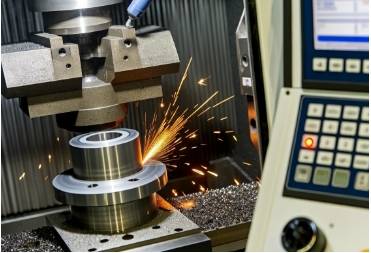
Types of CNC Honing Machines
This chart provides a clear comparison of the types of CNC honing machines, their features, and the specific applications they are best suited for.
| Type of CNC Honing Machine | Description | Applications |
| Vertical CNC Honing Machine | Vertical spindle movement for honing large, heavy parts. | Engine blocks, hydraulic cylinders, aerospace parts, and other large cylindrical components. |
| Horizontal CNC Honing Machine | Horizontal spindle, used for smaller, precise components. | Small cylinders, fuel injectors, gears, bushings, and smaller precision bores. |
| Single-Pass CNC Honing Machine | Aerospace, automotive, and general machining for parts with varying sizes and materials. | High-production environments like automotive, transmission gears, connecting rods, and high-speed parts. |
| Multi-Stone CNC Honing Machine | Equipped with multiple stones for faster material removal. | Large bores, engine liners, pump housings, and high-precision parts require a uniform surface finish. |
| Flexible CNC Honing Machine | Adjustable tooling and stroke lengths for handling various part sizes. | Aerospace, automotive, general machining for parts with varying sizes and materials. |
| Portable CNC Honing Machine | Compact, mobile, and used for on-site honing of large components. | Shipbuilding, power generation, oil & gas for large engine bores, pipelines, and on-site repairs. |
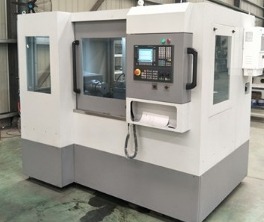
The Critical Role of CNC Honing in Modern Manufacturing
As products evolve to require tighter tolerances and superior performance, CNC honing serves as a key finishing process that complements and improves various manufacturing workflows.
1. Precision in Critical Components
CNC honing enables manufacturers to achieve micron-level accuracy, which is essential for components like engine cylinders, hydraulic systems, and aerospace parts. In modern manufacturing, where exact dimensions and surface finishes are crucial for performance, CNC honing provides the fine-tuning necessary to meet these stringent requirements. This precision also helps extend the lifespan and functionality of components, reducing the need for frequent replacements or repairs.
2. Enhanced Surface Finish for Better Performance
Modern manufacturing places a strong emphasis on reducing friction and wear, especially for moving parts. CNC honing provides an ideal crosshatch pattern that improves lubrication retention, minimizes friction, and enhances durability. This surface finishing technique is particularly vital in sectors like automotive, where components such as pistons and gears must operate efficiently over long periods.
3. Automation and Consistency
One of the key roles of CNC honing in modern manufacturing is its ability to automate the honing process while ensuring consistent results across batches. In industries requiring mass production, such as automotive and aerospace, automation reduces human error and improves productivity. Programmable control over the honing process allows for repeatability, making CNC honing a cost-effective solution for large-scale production while maintaining high quality.
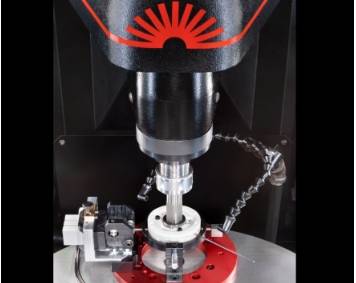
4. Adaptability to Complex Designs
As modern designs become more complex, with intricate geometries and tighter tolerances, CNC honing’s flexibility allows it to adapt to these demands. Manufacturers can now produce highly sophisticated parts that were once difficult to machine, making CNC honing invaluable for producing components in high-performance sectors like medical devices, robotics, and defense.
5. Reduced Material Waste
CNC honing offers more precise control over material removal, reducing the amount of excess material that needs to be honed off, thus minimizing waste. This is particularly important in industries where expensive materials such as titanium or specialty alloys are used. By reducing waste, CNC honing contributes to more sustainable manufacturing practices.
6. Integration with Smart Manufacturing
In the era of Industry 4.0, CNC honing machines are increasingly integrated with smart manufacturing systems. Equipped with sensors and real-time monitoring technologies, CNC honing machines can collect data that helps optimize the honing process, improve tool life, and ensure quality control. This integration aligns with the broader trend toward data-driven manufacturing, where processes are continuously refined for greater efficiency and product quality.
7. Supporting High-Performance Applications
The performance demands placed on modern products are higher than ever. Whether it’s aerospace components that need to withstand extreme conditions or automotive parts that must operate at high speeds, CNC honing ensures that these critical components meet stringent performance criteria. The precision and surface improvements provided by CNC honing contribute directly to enhanced functionality, safety, and reliability.
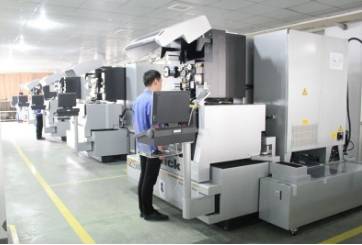
Key Applications of CNC Honing
This chart highlights the diverse applications of CNC honing, emphasizing its critical role in enhancing precision, performance, and durability across various industries.
| Industry | Application | Description |
| Automotive | Engine cylinders, transmission gears, fuel injectors | CNC honing ensures precise bore sizing and surface finish, improving engine performance and longevity. |
| Aerospace | Hydraulic actuators, turbine components, landing gear parts | Used to achieve high precision and durability in critical parts that face extreme conditions. |
| Hydraulics | Hydraulic cylinders, pumps, valves | CNC honing provides smooth surfaces for hydraulic components to prevent leakage and wear. |
| Medical Devices | Surgical tools, prosthetic components, implantable devices | Ensures high-precision machining for biocompatible parts, improving performance and patient safety. |
| Oil & Gas | Drilling equipment, pipelines, large engine bores | Enhances durability and performance in parts subjected to harsh environments, such as downhole tools. |
| Defense | Gun barrels, missile components, specialized equipment | Provides the precise internal surface finish required for defense-related equipment and munitions. |
| Marine | Propulsion systems, large engine bores, cylinder liners | Improves lubrication retention and wear resistance for components operating in harsh marine conditions. |
| Precision Engineering | Gears, bearings, bushings, machine tool spindles | CNC honing ensures micron-level accuracy and surface finish in complex, high-precision components. |
| Power Generation | Turbine housings, generator components, large cylinder bores | Provides the required surface quality and dimensional accuracy for high-performance energy equipment. |
To sum up, CNC honing offers a blend of traditional precision machining and modern automation, making it an essential process for industries demanding high-performance components. The process not only improves the dimensional accuracy of CNC parts but also enhances surface quality, reducing wear and boosting overall performance. As industries continue to demand more sophisticated and efficient production methods, CNC honing will be an essential tool for achieving the finest tolerances and performance specifications.

